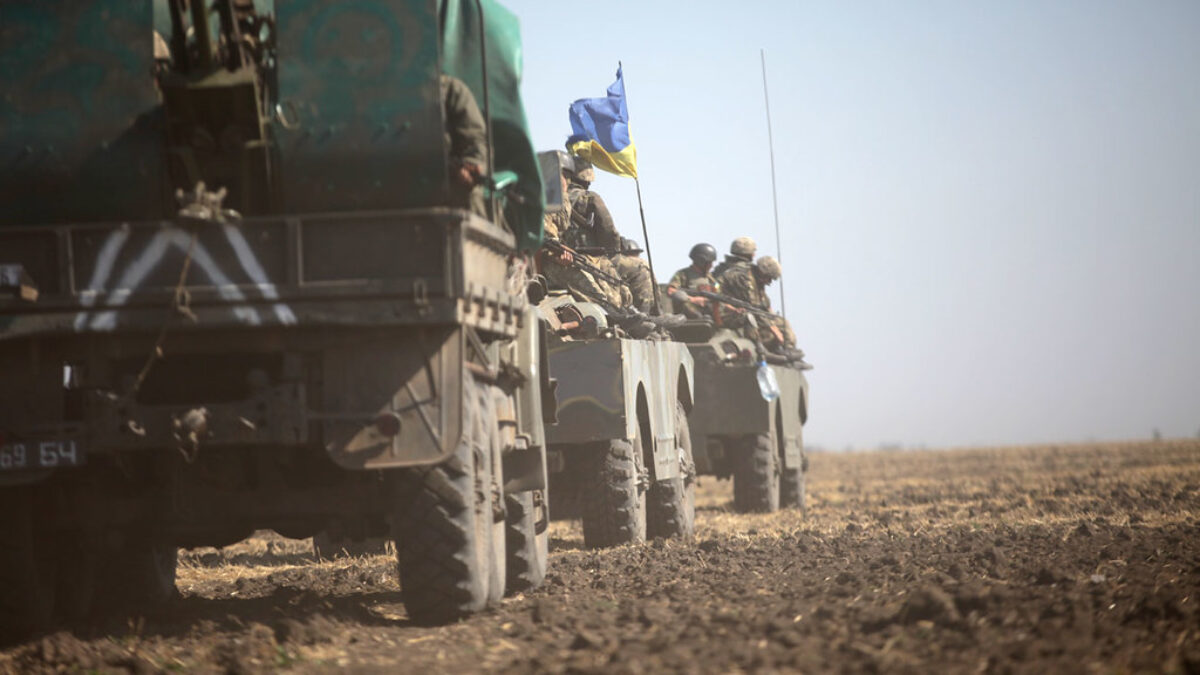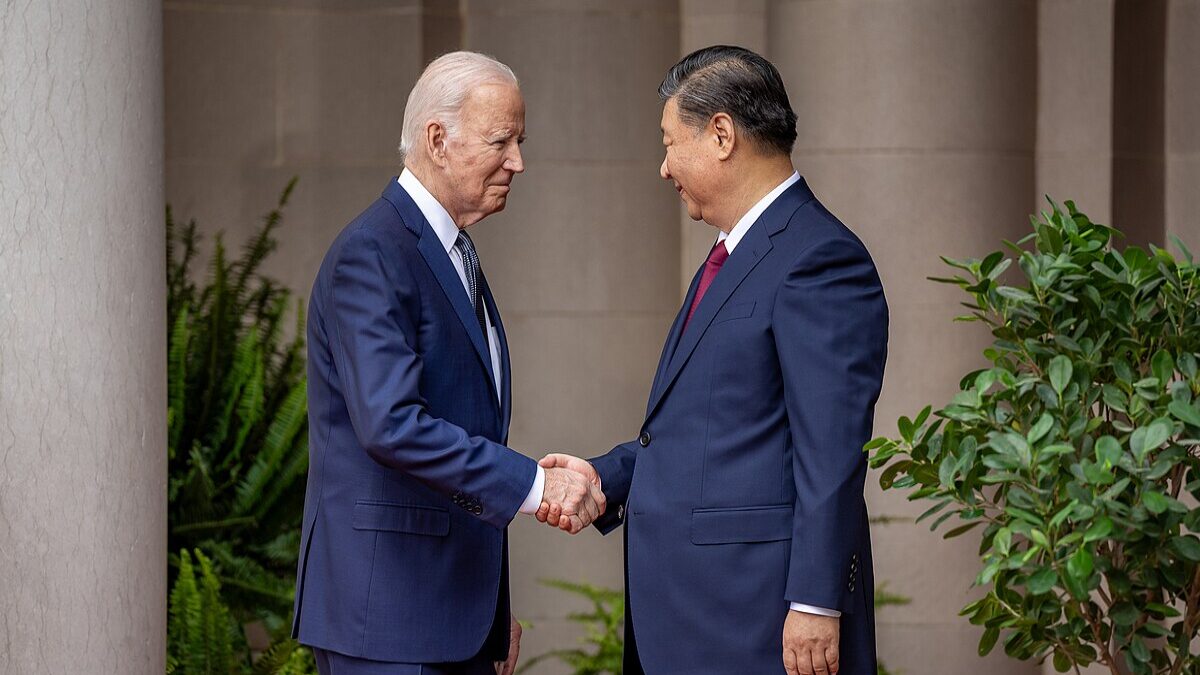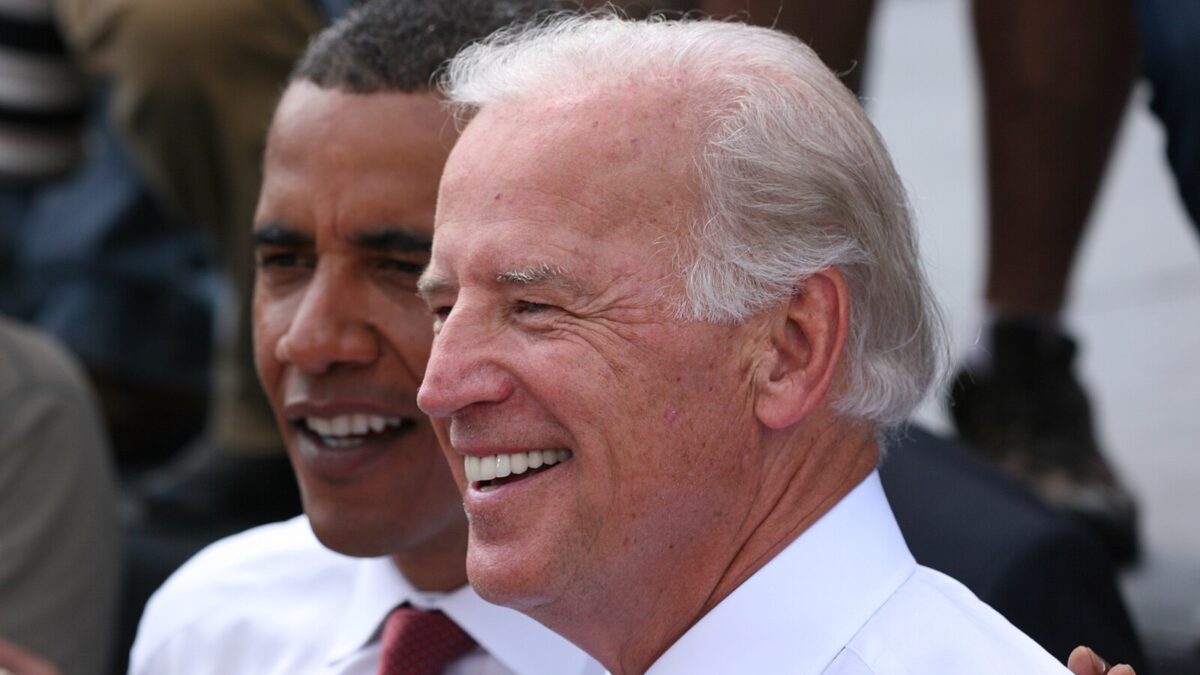The Russo-Ukrainian war, now in its fourth week, seems to be entering a new phase. The Russian advance on Kyiv has stalled, with Russian forces outside the city essentially in the same place they were a week ago. A grinding war of attrition is beginning to emerge.
Earlier this week, the Ukrainians reportedly recaptured a town called Makariv, about 40 miles from Kyiv, that has traded hands between Russian and Ukrainian troops several times now. In the south, the Ukrainians are said to be preparing a counteroffensive in hopes of reclaiming Russian-occupied territory.
Meanwhile, tens of thousands of civilians remain trapped in the rubble of Mariupol, where food and water are running out. Ukrainian President Volodymyr Zelensky said the city is being “reduced to ashes,” and from the looks of it, he is not exaggerating.
What does the transformation of the conflict into a war of attrition mean for the West? Contrary to the predictions of some prominent interventionists, it almost certainly does not mean the Russians are on the cusp of defeat. It does not mean that regime change in Moscow, which Bing West advocated for this week in the pages of the Wall Street Journal, is on the horizon.
It does not mean that Sen. Lindsay Graham’s repeated calls for the assassination of Russian President Vladimir Putin are about to be heeded. It also does not mean that Russia is as isolated and cut off from the rest of the world as the Biden White House and the corporate press would have us believe.
A war of attrition in Ukraine likely means a longer, drawn-out conflict in which Russia continues to bombard urban centers, killing civilians and swelling the ranks of war refugees that already number some 3.5 million. Such a conflict would entail not just the complete destruction of Mariupol but of vast swathes of Ukraine.
Contrary to what Biden administration officials have been suggesting to the press, and despite high casualties and loss of equipment, Russia is not going to run out of soldiers and war materiel anytime soon. A bloody war of attrition could drag on for months, which would mean the worst is yet to come for the Ukrainian people.
American leaders need to reassess what role the United States should play in this new phase of the war — not what role the neoconservative consensus in Washington wants the United States and its European allies to play, but what would best serve American interests. That is, what would bring about an end to the war and a political settlement that gives Russia as little as possible and creates a lasting peace in the region.
Sadly, the Biden administration does not even seem to be thinking along these lines. Instead, the White House is entertaining the dangerous fantasy that a prolonged war of attrition, or a western-backed insurgency inside Ukraine, would be preferable to a negotiated political settlement.
Earlier this month the Washington Post reported the United States and our European allies “are planning how to help establish and support a government-in-exile, which could direct guerrilla operations against Russian occupiers.” Over the weekend, the New York Times reported the Biden administration “seeks to help Ukraine lock Russia in a quagmire.” Indeed, the sheer volume of weapons and military equipment the North Atlantic Treaty Organization allies are now sending into Ukraine might well sustain such a quagmire long after the conventional war grinds to a halt.
President Biden has to date said practically nothing about negotiations, and there is no indication the United States is engaged in a serious diplomatic effort to broker a settlement between Russia and Ukraine. Instead, we are hearing about Biden’s plan to get U.S. allies on board for a new round of economic sanctions against Russia, as if sanctions will somehow change the reality on the battlefield (it will not, at least not in the near term, especially if the European Union continues to buy oil and gas from Russia).
The White House’s strategy, such as it is, seems to be to keep the war going by whatever means possible in hopes of bringing about a humiliating defeat of Russian President Vladimir Putin and the total withdrawal of Russian forces from Ukraine — a goal that Secretary of State Anthony Blinken explicitly laid out a few weeks ago — while somehow not escalating to the point that the United States and NATO are pulled into the war. How the Biden administration hopes to achieve that with a growing chorus of voices in Washington calling on Biden to do more, including the provision of more advanced weaponry, is unclear.
Setting aside the callousness of this strategy, which would mean tens of thousands of civilian casualties and the displacement of millions more war refugees, the assumptions underlying it are straightforward: as the war drags on it will weaken Putin, morale will plummet among Russian troops, anti-war sentiment inside Russia will destabilize the Kremlin, Ukrainian forces will continue to be effective and perhaps even recapture territory and cities. Ukraine might even win, just as the anti-Soviet Afghan mujahedeen won in the 1980s backed by U.S. arms and expertise. Putin might be assassinated or removed from office in a coup d’état, ushering in a truly democratic and peaceful regime in Moscow.
Heady stuff, but not very realistic. The reality of a war of attrition in Ukraine is that Russian forces will lay siege to Ukraine’s cities, bombarding them from afar. For an idea of what that will entail, of the terrible cost in human lives and suffering, look no further than Mariupol. How long could Kyiv withstand such a siege? Weeks, not months.
It is also not at all clear that a slow, grinding war will necessarily be to Russia’s disadvantage. Moscow has gambled everything on this war, so U.S. leaders should assume that almost nothing is off the table. As Michael Kofman noted on a recent War on the Rocks podcast, military forces from elsewhere in Russia could be brought into the fight to make up for casualties and equipment losses in Ukraine.
In addition, advanced weapons, like the hypersonic missiles Russia claims to have used on Friday and Saturday to take out munitions and fuel depots in western and southern Ukraine, could also be introduced. (If true, these missile strikes mark the first time hypersonic weapons of this kind have ever been used in war.) And of course, hanging over the entire conflict, and understandably constraining the West, is the specter of nuclear weapons.
If Russia is able to make gradual gains in the south and east, as seems likely, then Moscow’s stated demands — that Ukraine recognize the independence of Donetsk and Lugansk, accept Russian sovereignty over Crimea, and enshrine neutrality in its constitution — will harden and perhaps expand, making it much harder for the West to broker a settlement that forces Moscow to compromise. Likewise, Russian battlefield gains will increase the likelihood that Russia will insist on an easing of western sanctions as a condition of ending the war.
In other words, by prolonging the war, the United States and NATO would be strengthening Moscow’s position, not weakening it.
All of this is of course speculation. But based on what we know and what we have seen thus far in Ukraine, it seems reasonable to conclude that a protracted war of attrition is not in the American national interest, and that a U.S. strategy that enables and encourages such a war, in addition to the indifference it shows for the suffering of the Ukrainian people, is misbegotten in the extreme.









